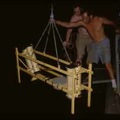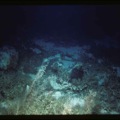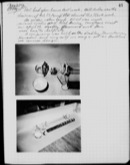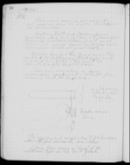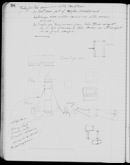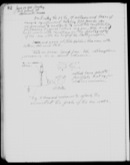Underwater Exploration: 1953 – 1986
Edgerton was much in demand from the 1950s to the 1980s for underwater exploratory and archaeological expeditions as an expert in underwater photographic techniques and, later, in the use of side-scan sonar devices for discovering objects and geological information on and beneath lake beds and ocean floors.
In 1952, the National Geographic Society asked Edgerton to join them in underwater exploration, and Doc meet the leader of the expeditions, Jacques-Yves Cousteau who became a life-long friend. Cousteau co-developed the aqua-lung, and pioneered marine conservation. This meeting marked the beginning of Doc’s search for submerged ships, ancient cities, lost equipment, and little-known biological phenomena.
Edgerton started building underwater flashes and cameras for Cousteau, but soon realized the murky ocean waters would require some kind of sound system to augment his cameras. He developed a penetration sonar-and echo sounder he called a “pinger” – that emitted sound waves to the ocean floor. Echoes returning from the pinger indicated how close the camera was to the bottom. Edgerton invented the “boomer” in 1961 – an acoustic device similar to the pinger – that could locate objects lying on and beneath the ocean floor and deliver seismic provides of them. He used the boomer to find an H-bomb off the coast of Spain, search for the ancient Greek city of Helice (submerged about 373 B.C.), and map various ocean trenches.
In 1986, Edgerton and colleagues designed an elapsed-time photographic system that could take motion pictures of underwater events, using strobe lights for illumination. This system made it possible to photograph the movements of sand dollars, sea urchins, and other marine creatures whose movements are normally too slow to humans to see.



